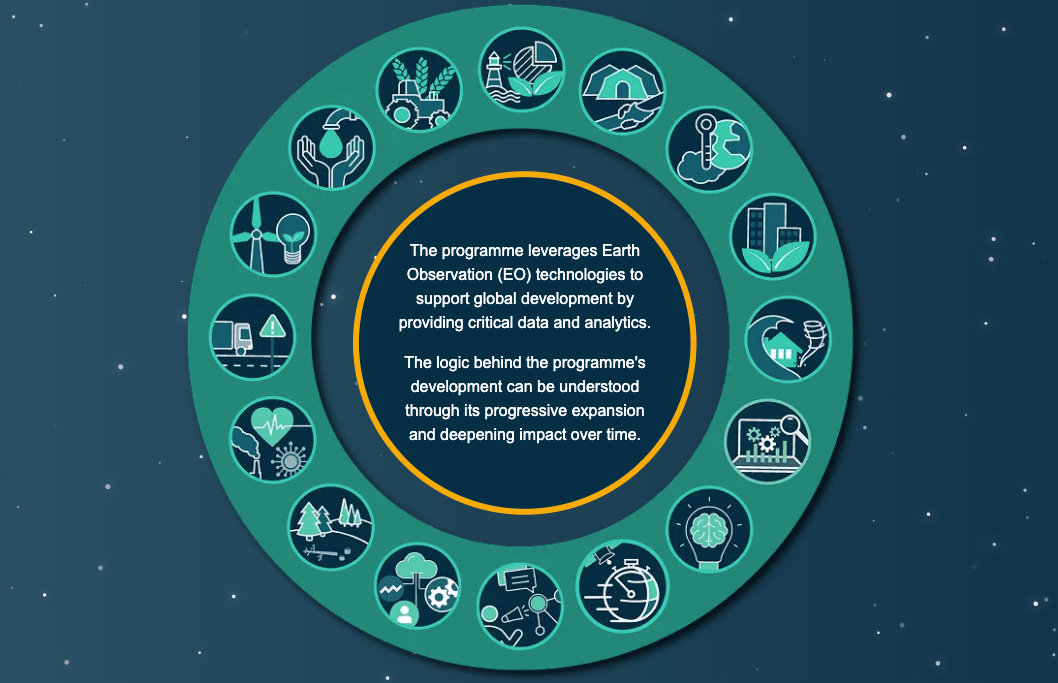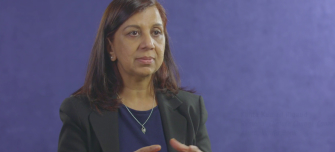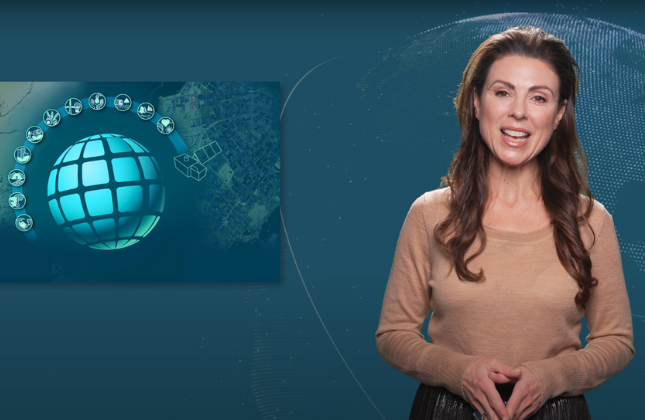The GDA AID Urban Sustainability activity is supporting the “Integrated Urban Data Platform – Application for Urban Centres in Kenya” project. This initiative, led by the African Development Bank’s (AfDB) Urban and Municipal Development Fund (UMDF), stands to significantly benefit from the expertise of the GDA AID Urban Sustainability consortium, which demonstrated the potential of Earth Observation (EO) technology to enhance urban resilience and promote sustainable development.
Bridging the urban data divide: Kenya’s bold leap towards resilient and liveable cities
In the rapidly urbanising landscapes of Africa, accurate and comprehensive urban data is often scarce. This lack of data particularly hampers adequate urban planning of numerous towns and cities in Kenya, including Nairobi the capital, hindering informed policymaking and investment decisions in these urban regions. To address this challenge, the AfDB and the UMDF have been supporting the Kenyan State Department of Housing and Urban Development in developing an integrated urban data platform to bridge this data gap.
This initiative, known as the “Integrated Urban Data Platform – Application for Urban Centres in Kenya” project (from hereafter the Kenya project), envisions a National Urban Observatory. This hub, designed for tracking urban development trends, will enable cross-boundary analyses by supplying reliable, standardised, and cost-effective urban data.The UMDF’s goal, since its launch in April 2019, is to boost resilience and liveability in African cities in line with AfDB’s aspirations. This involves enhancing municipal capacities in urban planning and aiding project preparations.
From imagery to insight: enhancing urban development with EO technology
EO technology offers a significant opportunity for countries like Kenya to address urban development challenges. To showcase EO’s potential, the GDA Urban consortium introduced an ‘urban data demonstration package’ for the Kenyan Government. This package provided a detailed view of Kenya’s urban transformation from 1985 to 2023, derived from advanced satellite imagery and data processing techniques.
The package includes several key products for urban planners:
- Settlement Extent and Change Data visualises how settlements have expanded from 1985 to 2022, helping to identify growth patterns and potential areas of future development..
- Digital Elevation Models (DEMs) offer information about terrain and surface features, setting the stage for diverse applications from urban planning to infrastructure development.
- 2D/3D Building Footprints, created using machine learning and satellite imagery, provide detailed urban analytics and enable 3D visualisations by incorporating height statistics from the DEM.
- Transport Network Data maps highways and railways, supporting improved transport infrastructure planning and connectivity.
- Lastly, Land Use/Land Cover (LULC) Data lays out in detail how land is being used and its transformation over time – a key element for strategic urban planning and environmental management.

Footprint (WSF) evolution exhibiting the settlement growth occurring between 1985 and 2015 derived at 30m spatial resolution.
Embracing this EO-empowered approach does more than just unify secondary cities at a national scale. It places the power to shape urban investment decisions right in the hands of planners, reinforcing the platform’s relevance, effectiveness, and sustainability.
A Bird’s-Eye View for Data-Driven Urban Planning
The expected benefits for International Financial Institutions (IFIs) and Client State users from these advances in EO technology are significant. Accurate monitoring and tracking of urban development trends support data-driven policymaking and informed urban planning, leading to improved living conditions, balanced urban growth, and enhanced urban resilience.
In terms of medium-term outcomes, the insights provided by EO technology enable authorities to identify urgent areas of focus, thus enabling targeted infrastructure development and investment planning. In the long run, these technologies can help mitigate risks associated with rapid urbanisation and contribute to sustainability by promoting balanced growth and protection of natural areas.
The Kenya project serves as a replicable model for harnessing EO technology to address urban development challenges in any geographical region. The methodologies and products developed through this initiative can be adopted and adapted to suit unique urban landscapes of IFIs and client states worldwide, marking the beginning of a new era of data-driven urban planning and resilience building.

















